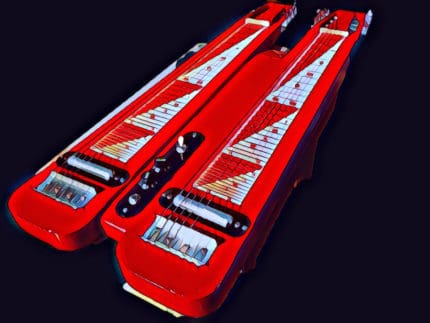As an Amazon Associate Playpedalsteel.com earns from qualifying purchases. This page contains affiliate links.
When many people first become interested in playing steel guitar, they naturally wonder what the differences are between a pedal steel and lap steel. Both of these instruments have a lot to offer musically, but taking a deeper look into their sound, history, design, and more can be a great way to learn about them.
The main difference between a pedal steel and a lap steel is that a pedal steel has foot pedals and knee levers that can mechanically raise or lower pitches on certain strings of the instrument.
The body of a pedal steel guitar is supported by legs and a player sits down behind the instrument to play it, while a lap steel rests on the lap of a player as they play it. The pedal steel guitar evolved from the lap steel guitar, which was originally very popular in Hawaiian music in the early 1900s.
Understanding that a pedal steel is basically just a lap steel with more mechanical options for expressing notes, can help in determining the difference between the two.
Essentially, a pedal steel is a lap steel whose body was put on legs and has metal rods attached to it, which enable you to push down pedals with your feet to bend strings much like a guitar player does with their fingers when they bend notes. Because of the added pedal rods and changer mechanisms that the pedal steel requires, a pedal steel often looks more complex and is usually larger in size and weight compared to the lap steel…
Should I Play Pedal Steel or Lap Steel?
Both the pedal steel and lap steel can create the same timbre and sound from a technique standpoint (when pedals aren’t used). On both instruments, you use a bar with your left hand to fret or sustain notes while the right hand uses finger and thumb picks to pick the notes.
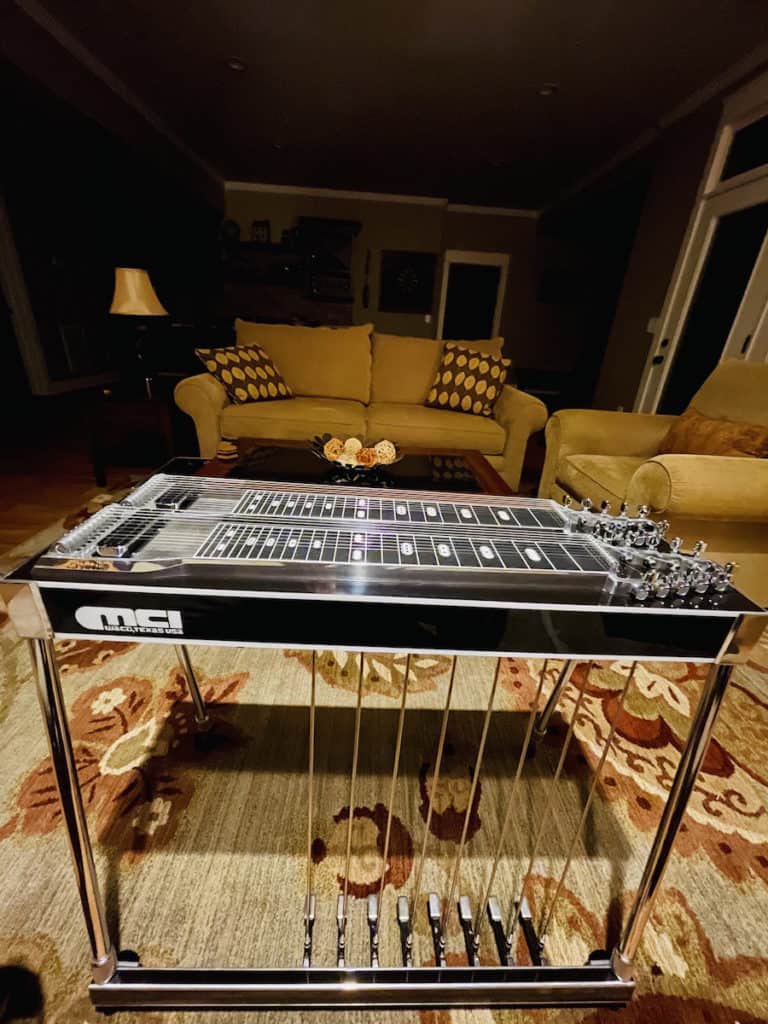
If a listener were to hear both a pedal steel and a lap steel played, and the pedal steel wasn’t using any of its pedals or levers, then there’s a good chance the listener wouldn’t be able to audibly distinguish the two from each other.
However, once you begin utilizing and employing the foot pedals and knee levers on the instrument, then you have new options for musically expressing the notes you’re playing and can create different sounds than the lap steel. This is commonly heard in some classic country music, where the pedal action becomes more audible in style and the “bending notes” can create a type of effect that is recognizable.
If you’re interested in playing country music on your instrument then you might want to consider that a lot of classic country music with a “Nashville” sound often used pedal steel, where the use of foot pedals was often a part of the sound and tradition. Although country music can be played just as effectively on a lap steel guitar, if you’re used to a certain kind of pedal sound you may find it more important for your music.
Lap steels generally have less strings than a pedal steel. Most pedal steel necks have ten strings or more, while it is very common for lap steels to have six to eight strings per neck (although they can have more!). This may make learning lap steel easier at first, because there is less to memorize from a string standpoint and pedals aren’t involved either.
However, the pedal uses on pedal steel guitars are very convenient for some musical options, so this doesn’t necessarily mean that lap steel is easier to play than pedal steel.
Physical Differences and Cost
If you’re interested in taking up lap steel or pedal steel consider the size of the instruments and also their budget. Pedal steels are generally much larger in size and weigh more than their lap steel counterparts. Also, pedal steels are often more expensive due to the mechanics that are a part of the instrument.
Entry level lap steels can cost as little as $300 brand new, while entry level pedal steels can cost closer to $1,000 used.
Many used professional pedal steels, whether they have two necks or one, can cost $2,500 or more. Brand new professional pedal steels can often cost $4,000 or more. I wrote a detailed buyer’s guide for pedal steel which is great for learning more about the cost and features of many pedal steels.
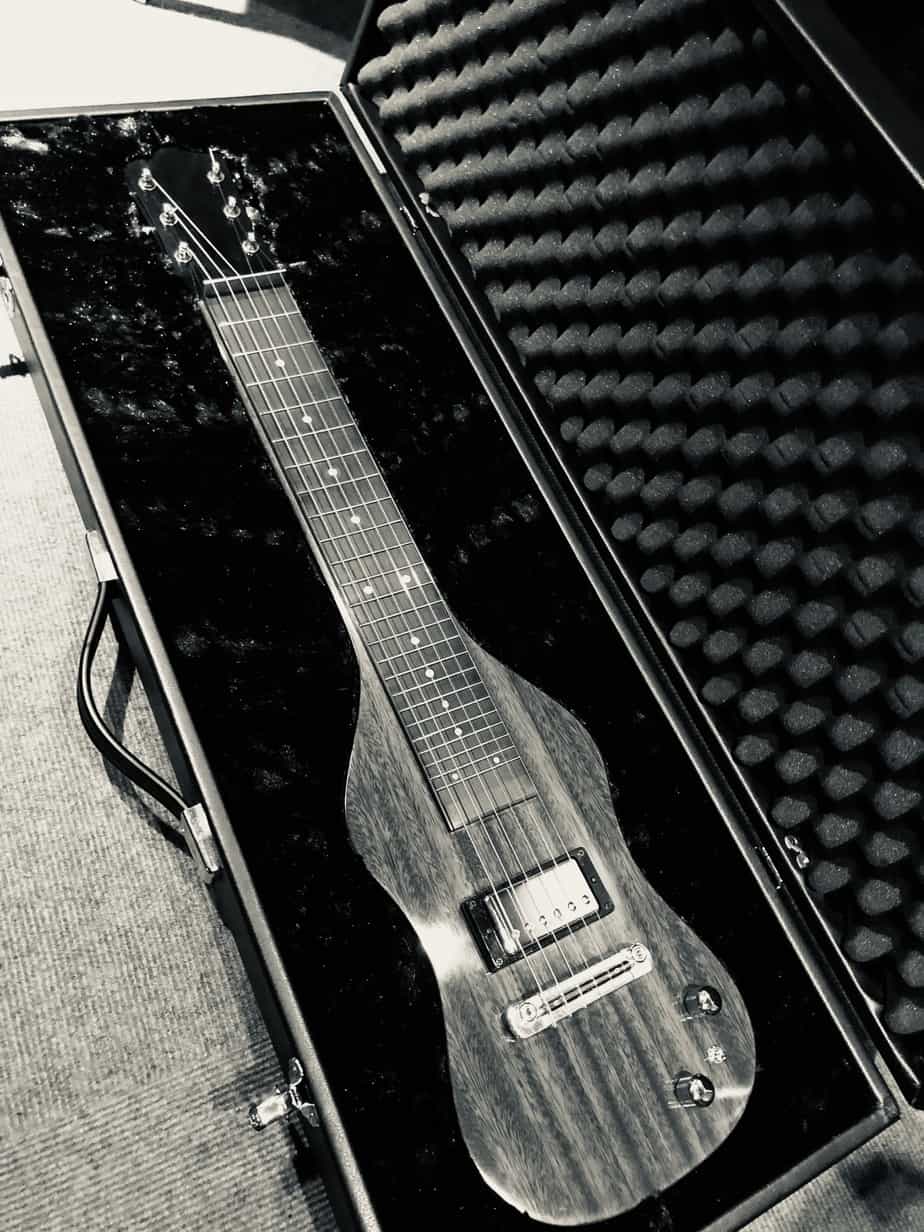
Also consider that pedal steels require a little bit more mechanical maintenance. They may need a more thorough set up in order to keep the steel guitar in tune and functioning properly.
If a pedal steel is not properly set up, or doesn’t play in tune, oftentimes mechanical work or repairs are needed to set up the instrument properly. This can be highly skilled labor because not many people or repair experts have a deep knowledge of how a pedal steel works and functions mechanically.
Also, think about where and how the instrument is planning on being played. If you’re going to move the instrument a lot, such as for gigs and rehearsals, then you will want to consider that the pedal steel will not only be heavier, but it will require more time to set up and break down.
A lap steel will definitely be easier and more convenient to transport, but both instruments will likely require the use of an amplifier when they’re played. All in all, a pedal steel will usually be much heavier and take more time to set up and tear down.
For both types of steel guitars, you will need some kind of seat to sit on, and many steel guitar players use custom steel guitar seats that can hold accessories such as picks, strings, effects pedals, cables, etc. These seats’ legs can also fold up, making them easy to carry like a large briefcase. Both types of steel guitars generally use a volume pedal to help with sustain and vibrato expression too.
Tunings of Pedal Steels vs. Lap Steels
Another difference in pedal steel and lap steel is that they often use different tunings. Although these tunings can be similar in nature, the E9 tuning for pedal steel is more commonly used on a pedal steel because of the use of foot pedals to change the strings’ pitches. This pedal steel tuning is very common and popular nowadays in many types of music.
If you’ve listened to the E9 pedal steel sound before, and are drawn to this type of playing, you will want to consider this. You may be more interested in learning and playing pedal steel because of it. I posted an article about the tuning that shows just how many possibilities for expression the E9 tuning has within it.
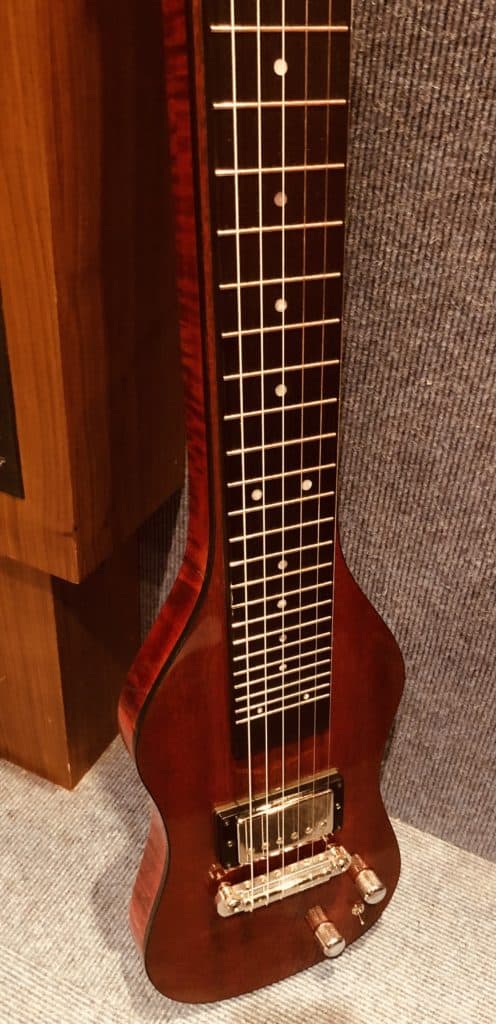
Some pedal steel guitars have two necks built into their body which contain two different tunings. These are commonly referred to as double neck pedal steel guitars, and one neck usually has a C6 tuning while the other has the E9 tuning mentioned earlier.
The C6 tuning is actually very similar to many lap steel tunings, and some of the original pedal steels were a variation of a lap steel’s C6 tuning with pedals added.
Whether played on a lap steel or a pedal steel, the C6 tuning is very characteristic of jazz and Western swing styles of playing as well as Hawaiian music. The tuning lends itself well to these styles of music because of the way the strings’ note intervals are spaced.
These intervals allow certain chord voicings and single string note runs that may not be as natural or efficient on other tunings, like the E9 tuning for instance. The lap steel can also have more than one neck built into the guitar, and these tunings are often customized.
It is a good idea to consider what type of music, or musical expression, you’re interested in making on either instrument. While both instruments are similar sonically and expressively from a technique standpoint, you may find that a particular tuning suits itself better for a particular type or style of music you’re playing.
Keep in mind that both the pedal steel and the lap steel can always be customized to have different tunings. Both instruments, although they may require some setup work and physical alterations, often have the capability to utilize different tunings, or to slightly alter tunings to accommodate your needs.
Switching Between Pedal Steel and Lap Steel
Because the pedal steel is essentially a lap steel with more mechanical options for expression and playability, it can be a good idea to start learning on the lap steel guitar. Then, once you become more proficient in your technique and playing, you can switch to playing pedal steel.
This may make it easier and more affordable when initially purchasing a steel guitar too. If you choose not to stick with the lap steel, then you have invested much less money than if you’d bought a more expensive pedal steel. Many pedal steels however, hold their value in the market, so usually reselling these is an option if you do invest in one.
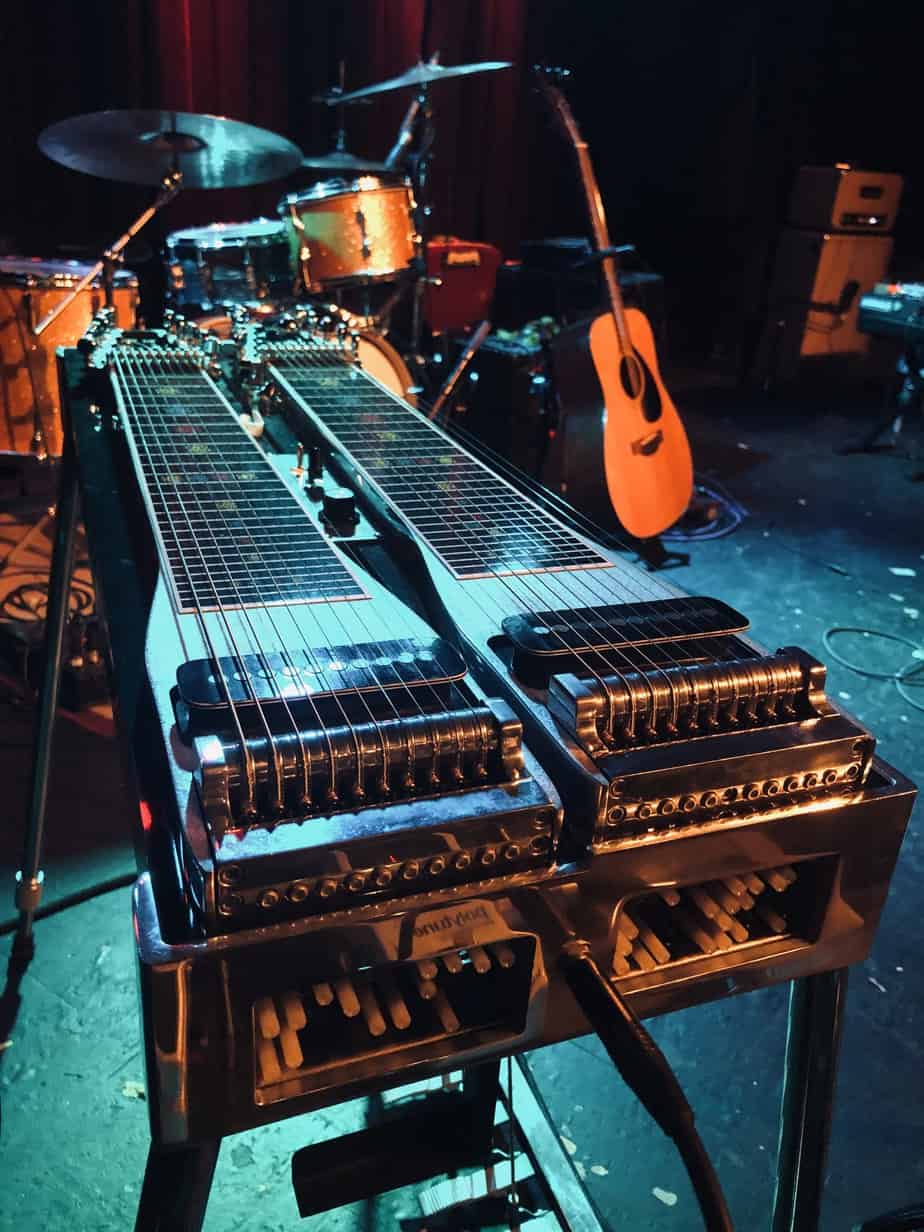
One advantage of learning on lap steel and then migrating to the pedal steel, is that you’ll have the option of playing either instrument at the time of your choosing. Many pedal steel players that play pedal steel exclusively, and started on pedal steel, can find it more challenging to play lap steel because they are used to using the foot pedals to create chord and scale shapes (whereas on lap steel this isn’t possible).
Also, many lap steel players employ the technique of bar slants to create certain voicings and intervals on the instrument, and pedal steel players are less likely to practice and use this technique on pedal steels because of the easier use of pedals to achieve similar results.
Many famous and well-known pedal steel players started in the tradition of lap steel and then moved to pedal steel. This is because they were part of the generation that saw the invention of the pedal steel, so when they began playing, pedal steel wasn’t even around and didn’t exist as an instrument.
Some of these players actually had a hand in helping invent and model how a pedal steel guitar works, recognizing the mechanical possibilities that using pedals and rods to bend strings could have on a steel guitar. So from a technique and learning standpoint, many of these players began their steel guitar playing on lap steel, and then moved to pedal steel.
This can be seen as a natural progression for learning steel guitar, due to the history of lap steels and pedal steels, and the way pedal steel somewhat evolved out of the lap steel.
The Sounds of Steel Guitar
Both pedal steel and lap steel guitars come from the steel guitar tradition, and can create some of the most unique and beautiful sounds heard in music. Most players, musicians, or listeners that hear a steel guitar are drawn to its sound and intrigued by the instrument.
Also, there have been many great recordings where the pedal steel adds its genuine sound in a beautiful way. It’s amazing just how prolific the pedal steel has been in the history of recorded music, and here’s a list I created of some classic songs that feature pedal steel.
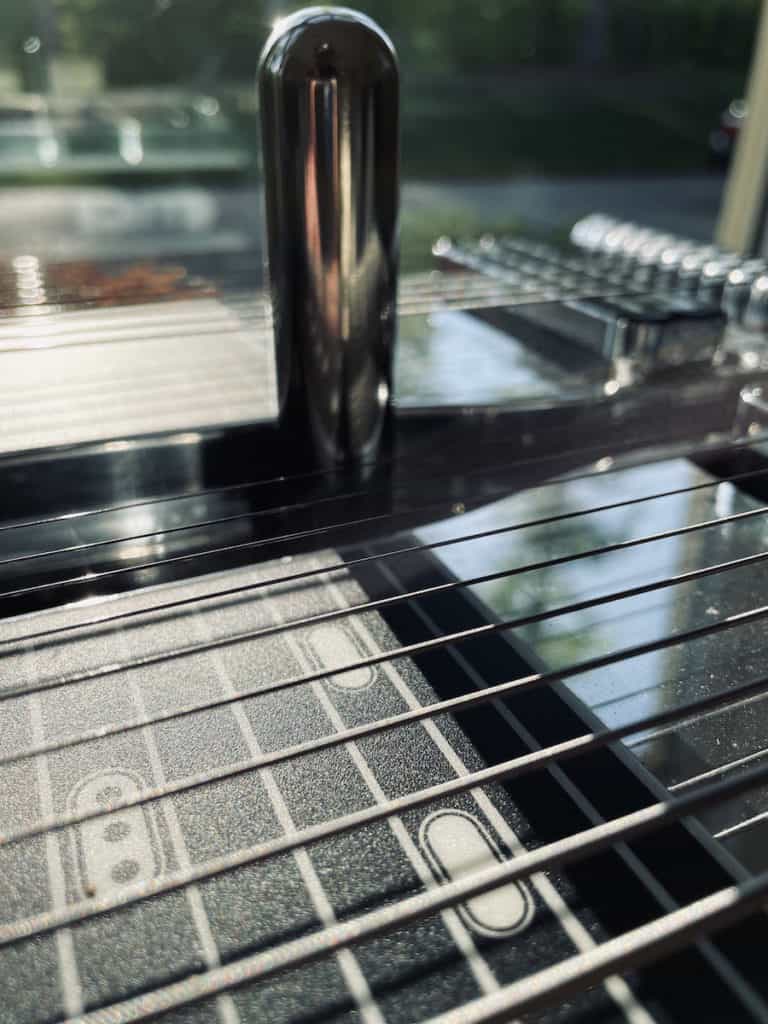
Because of their interesting history, the novelty of the instruments, as well as their distinct sound, any person that plays either type of steel guitar will likely attract attention and curiosity from others when playing the instrument. They are certainly interesting and fascinating instruments.
Playing the pedal steel or lap steel can be a great experience and lead to many musical possibilities. These can include increased musical creativity, more musical work or gigs, and a lifetime of learning and fun.
The sounds of steel guitar are present on the musical scene, and will be for many years to come. A person that hears either type of steel guitar is certainly in for a treat, and will likely find comfort and entertainment from both instruments.
Thanks for checking out this page, hope it is helpful and makes playing more enjoyable! If you’re interested in diving deeper into playing E9 pedal steel, check out these resources and guides…
The Chord Guide for E9 Pedal Steel (E-Book, Digital Download)
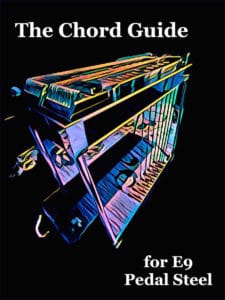
Learn the chords on the E9 neck in a way that makes playing simple and enjoyable…
- Almost Every Chord You’ll Ever Need for E9
- Intuitive and Easy to Use
- Make Use of Pedal and Lever Combinations
- Example Tabs of Chord Movements
- Easily Utilize the Nashville Number System
- Great For Any Key and Style of Music
Includes a bonus section of over a hundred pages of extra chord charts, key references, and more!
Playing Pedal Steel:
The Essentials
An easy and intuitive approach to mastering the pedal steel…
- An in-depth look at bar control, the right hand, using pedals, & the volume pedal
- Multi Angle Views – that you can always reference.
- Ways to Practice, How to Practice, What to Practice.
An online pedal steel lesson series – includes a free pedal steel EBook!
More Digital Downloads for Pedal Steel…
The Scale Book for E9 Pedal Steel
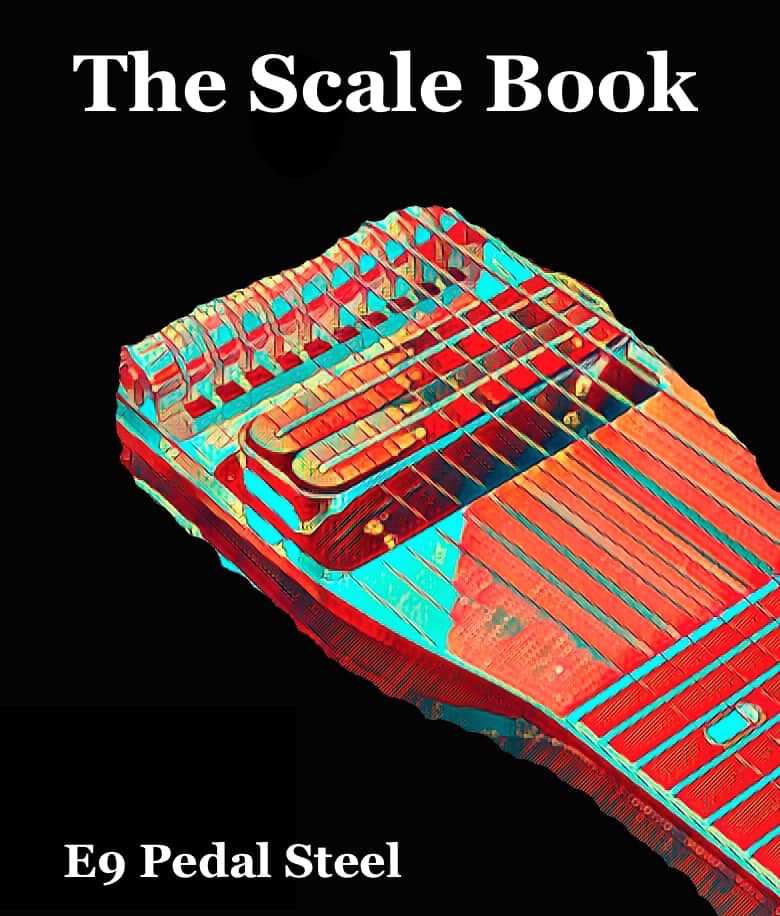
Over 1,000 Pages with Tabs and Diagrams!
- Easy to Use Reference for Practicing
- All Major and Minor Pentatonic Scales, Modes, Major Scales
- All Keys, and Covers the Fretboard
- Includes Pockets of Scales
The Art of Right Hand Technique
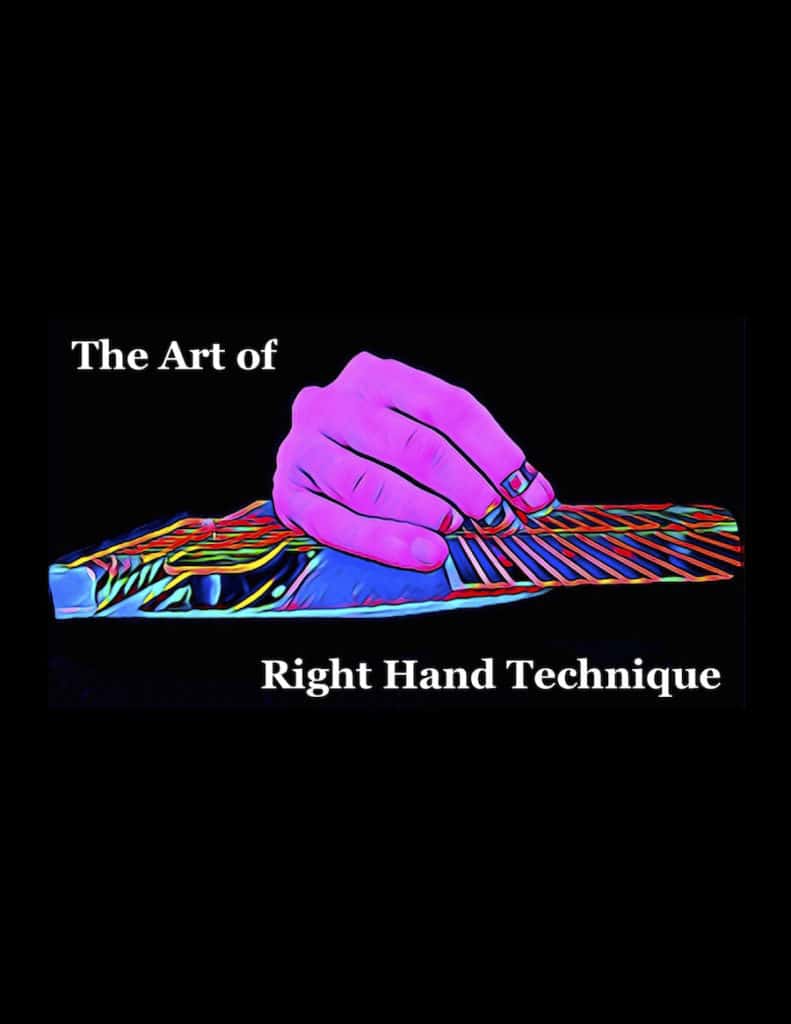
A detailed look at one of the most challenging and mysterious aspects of steel guitar playing: the right hand…
- An In-Depth Guide to Picking and Blocking
- How to Efficiently and Accurately Play Notes on Steel Guitar with Info, Advice, and Tips…
- Great for Pedal Steel, Lap Steel, and Console Steel Guitar
- Over 100 Pages with Graphics, Illustrations, & Practice Exercises
200 Country Riffs & Licks for E9 Pedal Steel
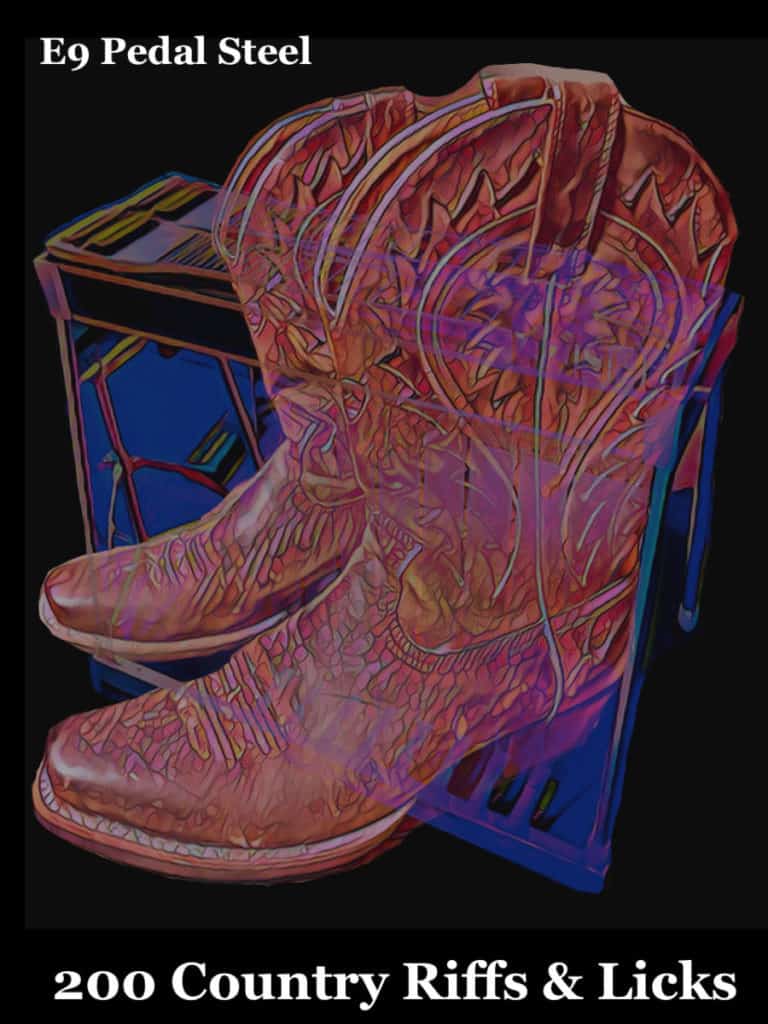
Add these country licks to your playing repertoire…
- Easy to Read Format
- Includes Rhythmic Notation
- Playing Over Chord Changes
- Great for Country, Alt-Country, & Honky-Tonk Styles
Check out the page below if you’re interested in the types of gear and accessories that pedal steel players use…
